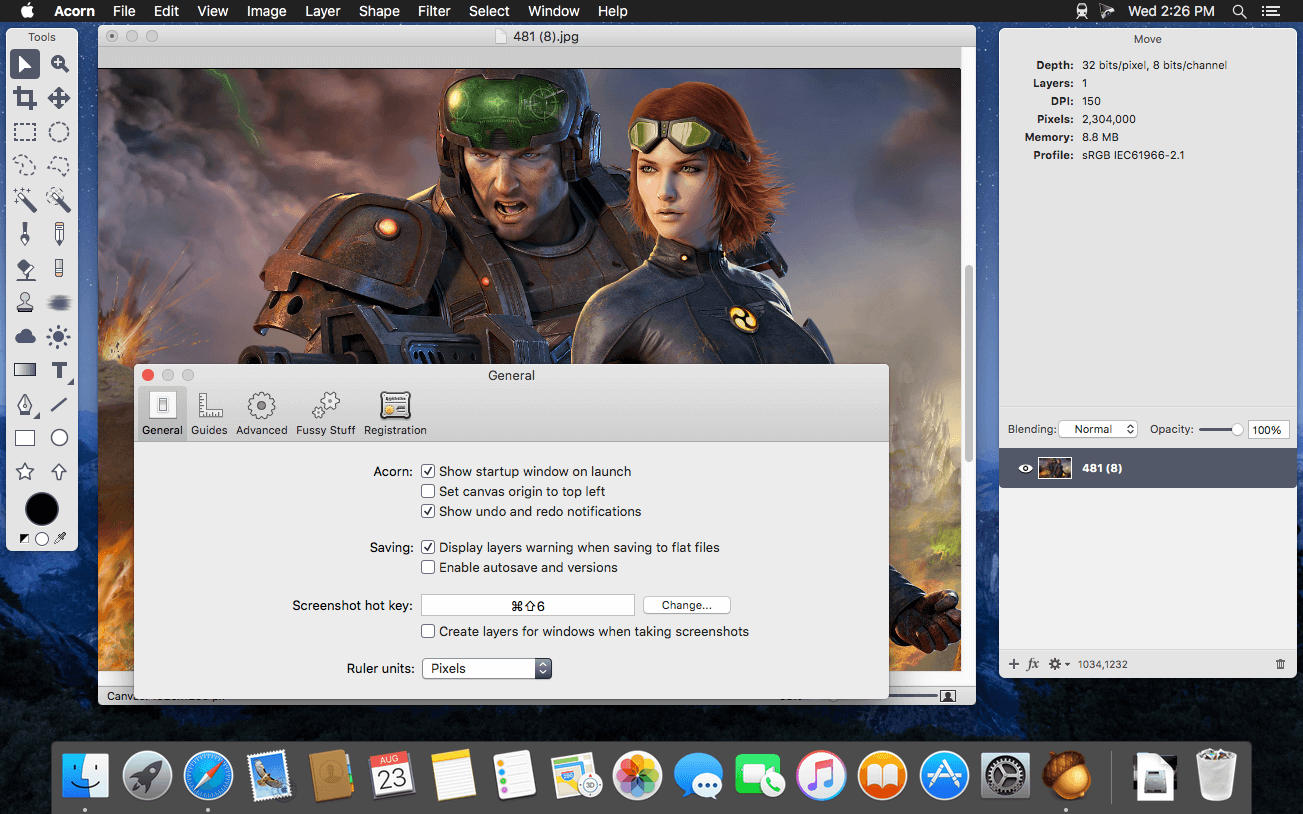

Please help improve this article by adding citations to reliable sources. This section needs additional citations for verification. GIS programs commonly use rasters that encode geographic data in the pixel values as well as the pixel locations. Three-dimensional voxel raster graphics are employed in video games and are also used in medical imaging such as MRI scanners. Most computer images are stored in raster graphics formats or compressed variations, including GIF, JPEG, and PNG, which are popular on the World Wide Web. Michael Noll at Bell Labs, but its patent application filed Februwas abandoned at the Supreme Court in 1977 over the issue of the patentability of computer software. An early scanned display with raster computer graphics was invented in the late 1960s by A. The refresh procedure, being speed critical, is often implemented by dedicated circuitry, often as a part of a graphics processing unit. The screen is refreshed simply by scanning through pixels and coloring them according to each set of bits. Most modern computers have bitmapped displays, where each on-screen pixel directly corresponds to a small number of bits in memory. The word rastrum is now used to refer to a device for drawing musical staff lines. By association, it can also refer to a rectangular grid of pixels. It originates from the raster scan of cathode ray tube (CRT) video monitors, which paint the image line by line by magnetically steering a focused electron beam. The word "raster" has its origins in the Latin rastrum (a rake), which is derived from radere (to scrape). In both cases some information is lost, although vectorizing can also restore some information back to machine readability, as happens in optical character recognition. Vector images can be rasterized (converted into pixels), and raster images vectorized (raster images converted into vector graphics), by software. The opposite to contones is "line work", usually implemented as vector graphics in digital systems. The printing and prepress industries know raster graphics as contones (from "continuous tones"). A raster is technically characterized by the width and height of the image in pixels and by the number of bits per pixel (or color depth, which determines the number of colors it can represent).

Raster images are stored in image files with varying formats.Ī bitmap, a single-bit raster, corresponds bit-for-bit with an image displayed on a screen, generally in the same format used for storage in the display's video memory, or maybe as a device-independent bitmap. In computer graphics, a raster graphics or bitmap image is a dot matrix data structure that represents a generally rectangular grid of pixels (points of color), viewable via a monitor, paper, or other display medium.

Enlarging in further, they can be analyzed, with their colors constructed by adding the values for red, green and blue. When enlarged, individual pixels appear as squares. The smiley face in the top left corner is a raster image.


 0 kommentar(er)
0 kommentar(er)
